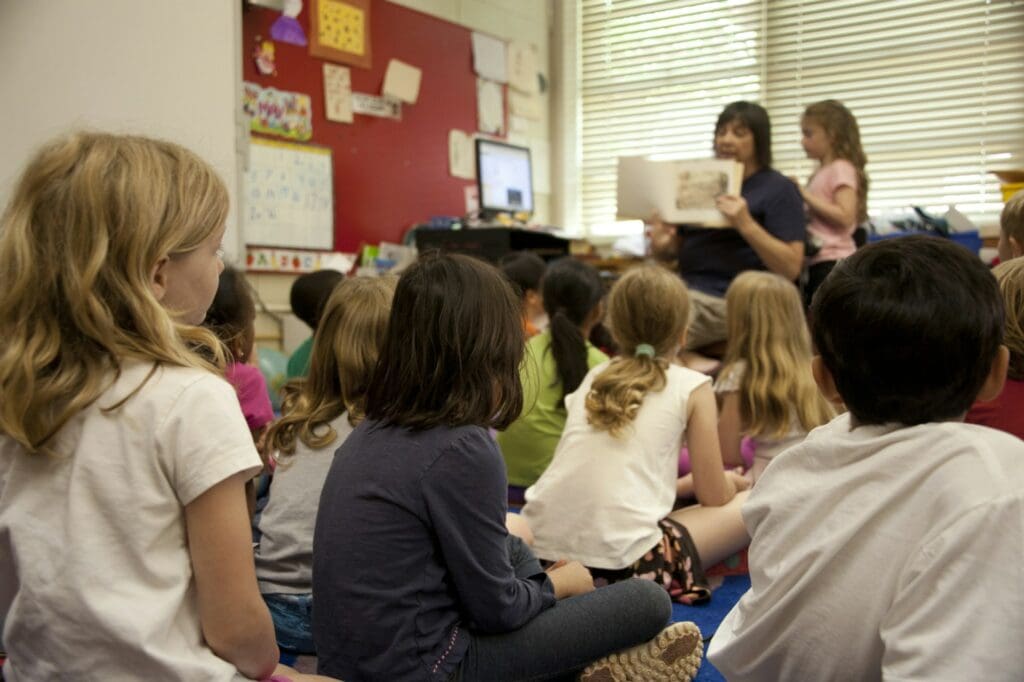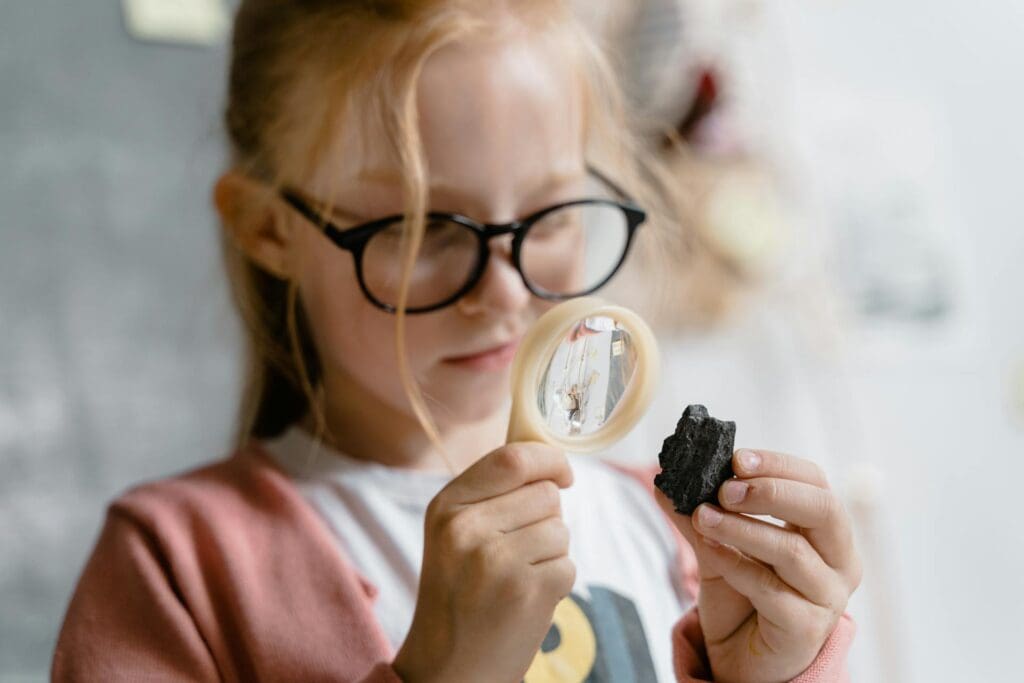When it comes to science education, it’s one thing to read about volcanoes in a textbook, and quite another to watch one erupt on your desk. For children, hands-on learning brings abstract concepts to life, making science not just easier to understand but also far more exciting.
At Quintilian School, we believe that curiosity is the foundation of lifelong learning. Our science curriculum is built around interactive science activities, peer collaboration, and the idea that children learn best by doing. In this article, we explore how practical learning benefits young students and why early exposure to STEM education in Australia is more important than ever.
Why Hands-On Learning Works So Well
There’s a growing body of research that supports what educators have long observed: children retain more information when they’re actively involved in the learning process.
In the context of science education for kids, this means:
- A better understanding of complex concepts like gravity, chemical reactions, or magnetism
- Higher engagement and enthusiasm in lessons
- Greater confidence in applying scientific thinking to everyday life
- Improved critical thinking and problem-solving skills
By allowing students to manipulate materials, test hypotheses, and see results unfold in real time, hands-on learning turns passive information into meaningful experience.
It also caters to a variety of learning styles, whether a student is a visual learner, a kinaesthetic learner, or somewhere in between.
How Practical Science Encourages Curiosity and Critical Thinking
Science is not about memorising facts, it’s about asking questions, making predictions, testing ideas, and learning from results. And children are natural scientists. They’re already experimenting with the world around them from the moment they start crawling.
Interactive science activities tap into this innate curiosity. When a child sees a balloon inflate from a baking soda and vinegar reaction or watches a plant grow under different conditions, they’re not just seeing science; they’re experiencing it.
These activities also introduce children to critical thinking:
- What do I think will happen?
- Why did it turn out that way?
- What could I try next time?
Even simple experiments can spark deeper learning and encourage children to become more inquisitive, analytical thinkers.

Examples of Simple Science Experiments for Primary Students
At Quintilian School, we design science lessons that are age-appropriate, safe, and easy to replicate at home. Here are a few examples of hands-on activities that have proven effective for our primary-aged students:
- Sink or Float Experiments: Using everyday objects (a coin, a cork, a piece of fruit), students predict whether they will sink or float, then test and categorise the results. This builds understanding of density and buoyancy.
- Growing a Bean in a Bag: Children place a bean seed in a clear zip-lock bag with a wet paper towel, tape it to a sunny window, and observe the germination process over time – great for learning about plant biology and life cycles.
- Volcano in a Cup: A classic activity using baking soda, vinegar, and food colouring to create a mini eruption. It introduces chemical reactions and engages all the senses.
- Magnet Mazes: Students guide a paperclip through a paper maze using a magnet underneath. This simple activity helps illustrate magnetic forces in a fun and visual way.
- Water Filtration Challenge: Kids create their own water filters using sand, charcoal, and cotton wool to understand how filtration systems work – and the importance of clean water in our environment.
These are more than just fun projects – they build the foundation for more advanced scientific learning in later years.
The Role of Peer Collaboration in Science Learning
In a hands-on science classroom, students rarely work alone. Collaboration is key, and it offers a host of benefits beyond the lesson itself.
When students work together, they learn to:
- Share ideas and problem-solve as a team
- Take on different roles and responsibilities
- Communicate their reasoning and learn from others
- Build social confidence through shared discovery
Group experiments foster a culture of cooperative learning, where students feel supported and empowered. It’s also a chance for teachers to observe how students think and interact – valuable insights that inform how we support their development.
At Quintilian School, our small class sizes allow teachers to actively facilitate group work while ensuring every child’s voice is heard.

Why Early STEM Exposure Matters
Introducing science, technology, engineering, and mathematics (STEM) at an early age has a lasting impact. Studies show that children exposed to STEM in primary school are more likely to:
- Perform well in related subjects later in life
- Choose STEM-related courses in high school and university
- Develop greater problem-solving resilience
- Pursue careers in high-demand fields like health, engineering, and technology
But STEM education isn’t just about jobs, it’s about preparing children to understand the world around them. From climate change to digital security, modern life demands critical thinkers who can ask good questions, analyse information, and collaborate to find solutions.
Hands-on science is the ideal entry point into this way of thinking.
How We Do It at Quintilian
At Quintilian School, we approach science education for kids with a sense of wonder and a strong commitment to inquiry-based learning. Our classrooms are filled with conversation, experiments, and discovery. Teachers create a safe space for trial and error, encouraging students to think beyond right or wrong answers.
Our curriculum includes:
- Regular science sessions with a mix of theory and experiment
- Outdoor learning opportunities tied to sustainability and biology
- Guest visitors from STEM fields and local industries
- Special projects aligned with events like National Science Week
- Opportunities for student-led exploration and presentations
We believe the best way to learn science is to do science, and we’ve seen the impact that approach has on both enthusiasm and academic growth.

Learning That Sticks
Hands-on science education creates moments that children remember. Whether it’s watching a seed sprout, mixing ingredients into a colourful reaction, or solving a challenge with classmates, these are the kinds of lessons that don’t just teach, they inspire.
At Quintilian School, we’re proud to offer a learning environment that nurtures curiosity, supports collaboration, and helps children see themselves as capable thinkers and doers. Practical learning benefits every child, and in science, it opens the door to a lifetime of discovery.
Interested in our approach to STEM? Learn more about our unique teaching philosophy or contact us to book a tour of our classrooms in action.

